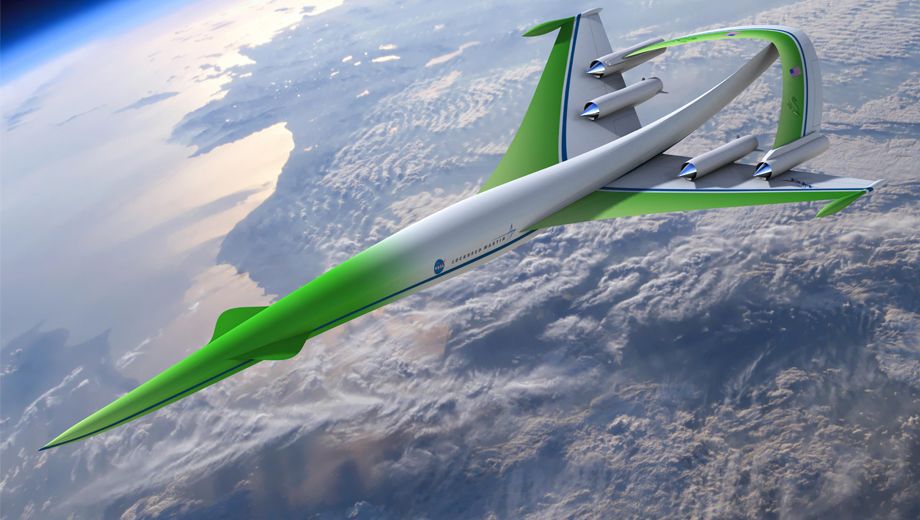Boeing may be announcing new dates when travellers can fly on its 787 and 747-8 aircraft, while Airbus is showing off models of its improved A320neo, but the boffins at NASA are sponsoring aircraft manufacturers to come up with some weird and wonderful new ideas all of their own.
NASA's rules stated that the concept planes should be available by 2025, fly at Mach 0.8 (roughly the same as modern jets), cover over 11,000 km and be significantly quieter than current designs.
So, what do they think the aircraft of 2025 will look like?
Boeing's aircraft is the one that looks most like a stealth bomber Or, more accurately, like a flying wing with engines over the top of the plane to reduce noise pollution on the ground.
Lockheed Martin, who haven't been in the aircraft business since the L-1011 TriStar stopped production in 1984, have a conventional body but interesting wing and tail configuration. The winglets swoop backwards, linking to the tail-mounted engine. Tail-engined aircraft have a reputation for being noisy, although there hasn't been a large tail-engined aircraft since McDonnell Douglas (now Boeing) delivered its last MD-11 in 2000.

Northrop Grumman's offering looks most like the Virgin Galactic's White Knight spaceplane, with a twin-body design that theoretically increases cargo or passenger volume.

Of course, these airplanes are nothing more than pie in the sky thinking -- and the easy money would be on betting that they won't be ready by 2015.
Travellers have seen how years of delays in aircraft production affect them, even on planes that look like planes and not like spaceships.
Qantas by now had hoped to have Boeing 787s to replace its elderly and increasingly unreliable 767s, and would have preferred to have used new A380s to replace older 747s.
Continental -- now United -- announced plans to fly from its Houston hub to Auckland with 787s, the only twin-engined airliner that would make the route economical. Instead, Qantas (the only airline to operate the extended range 747-400ER) stole their thunder by announcing Sydney-Dallas flights first.
But thinking from concepts like this often makes its way into production aircraft we'll see. The Airbus A380 is fairly recognisable in the McDonnell Douglas MD-12, first offered to airlines in 1991.
It'll be interesting to see how the latest batch of concepts affect the real airliners of the future.



Hi Guest, join in the discussion on NASA's future airliners: your long-haul ride in 2025?